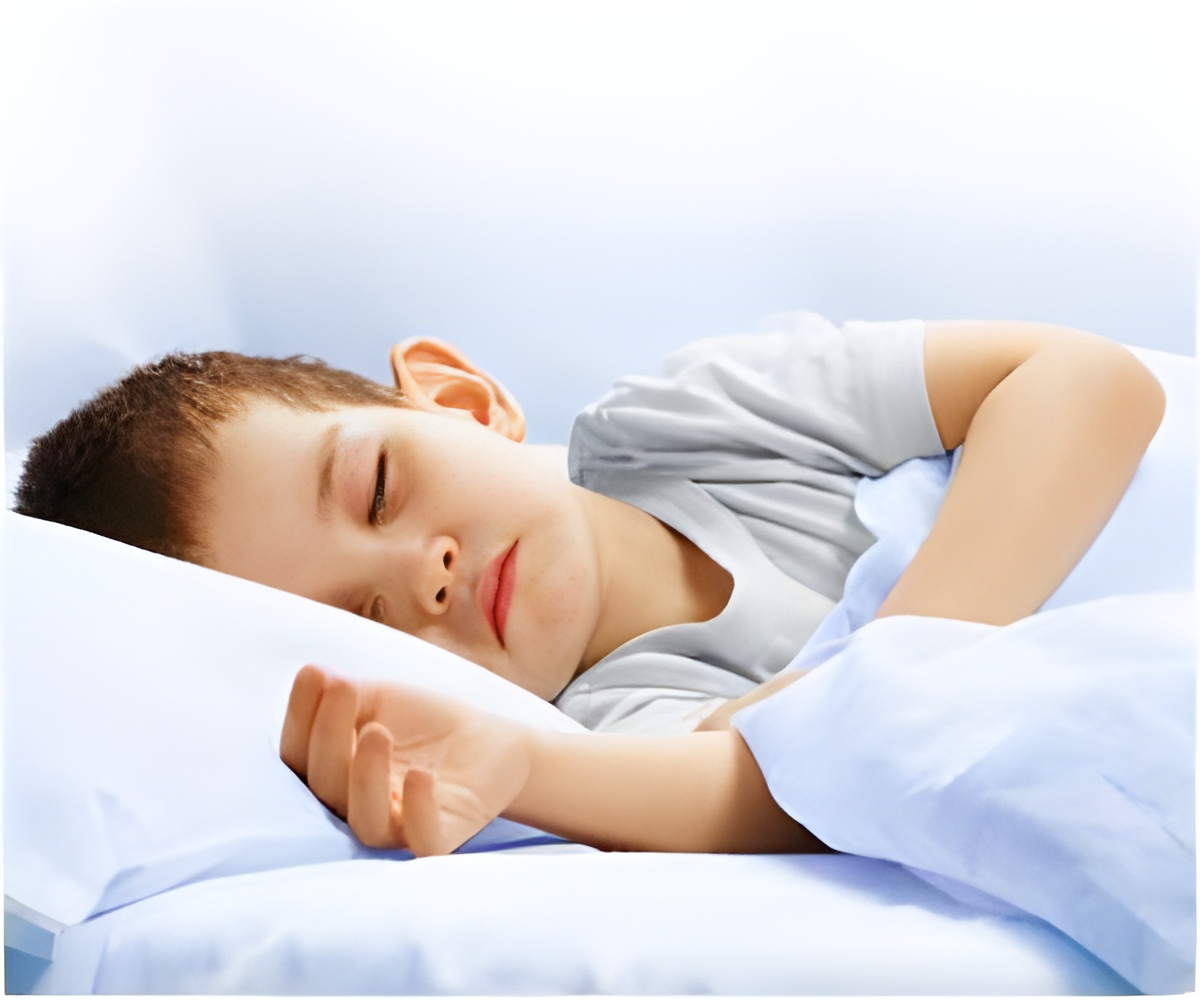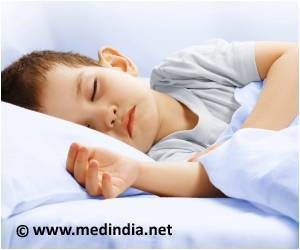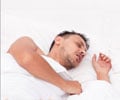Children and adolescents with obstructive sleep apnea had substantial improvements in attention, anxiety and quality of life after treatment with positive airway pressure (PAP).

The study appears online ahead of print in the American Journal of Respiratory and Clinical Care Medicine.
Obstructive sleep apnea syndrome (OSAS) is a condition of interrupted breathing caused by a narrowing in the throat or upper airway, related to large tonsils and adenoids, obesity or other medical problems. Using continuous positive airway pressure commonly relieves OSAS in adults, in whom it has been studied extensively. However, there have been few studies of PAP in children with OSAS.
"The vast majority of children with OSAS undergo surgery on their tonsils and adenoids instead of receiving PAP therapy," said Dr. Marcus. "It is difficult to get children to wear the mask used in PAP treatments." However, surgery is not always effective in treating OSAS in children, especially in obese children," said Dr. Marcus. She added that many children who require PAP therapy have underlying chronic illnesses such as Down syndrome, or developmental delays. Furthermore, the rising incidence of obesity among children and adolescents has also increased the rate of OSAS in young people.
The current study followed 52 children and adolescents with OSAS at Children's Hospital. The patients had a mean age of 12 years old, and 10 of them had significant developmental delays. The study team assessed sleepiness, behavioral problems, attention, and quality of life at baseline and after three months of PAP treatment.
The researchers found significant improvements in attention deficits, daytime sleepiness, behaviors such as anxiety and shyness, and quality of life. Both the parents and children reported on quality of life using standardized questionnaires that asked about feelings, daily activities, getting along with other children, and keeping up with schoolwork.
Advertisement
Dr. Marcus said that further pediatric sleep research is warranted, such as blinded studies to compare treatment to a placebo group and further investigations of neurobehavioral outcomes. "This study was the first comprehensive study of PAP use in children, so more research should be performed, but our results have encouraging implications for using this treatment in children with sleep apnea," she concluded.
Advertisement















